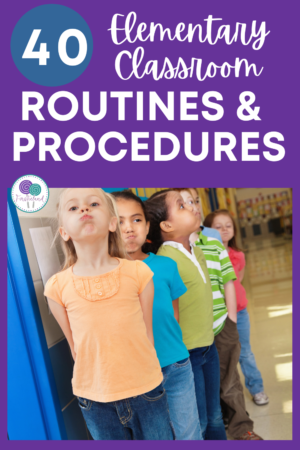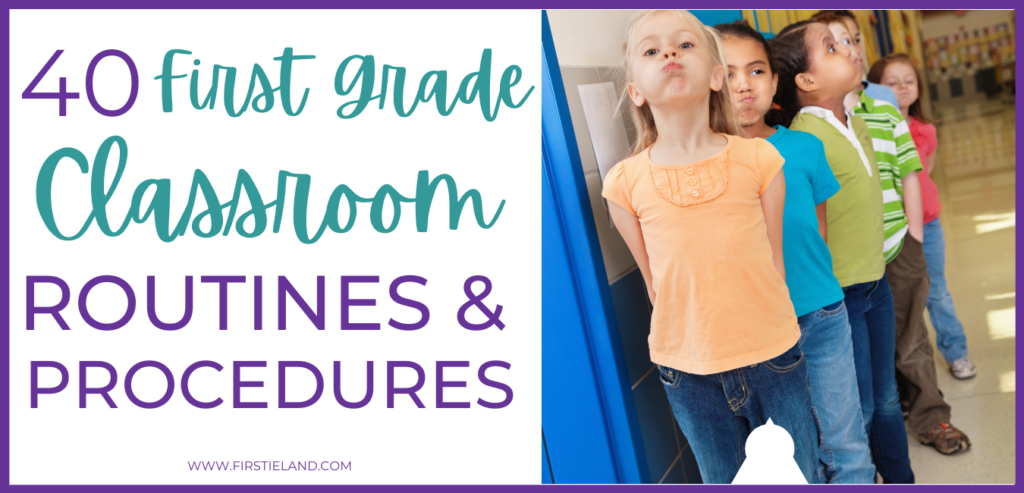
Managing an elementary classroom full of kindergarten or 1st grade students can seem challenging to even the most experienced teachers. The key to success is establishing classroom routines and procedures. Here's a list of 40 ideas to help your daily classroom management:
Prefer to listen?
Podcast Episode 3 – 40 Elementary Classroom Routines To Start The Year Off Right – Part 2
Morning Classroom Routines
1. Morning Chores
What are the first things students should do before entering your classroom? Teach students to put away their daily folder, sign in for lunch or attendance, or wash their hands. Create a morning routine for students to follow before they enter the classroom. A great idea is to have a visual reminder on the wall to help students remember what to do. This sets the tone for the day and reminds students that they're in school and ready to learn.
2. Greetings
Meet your students at the door each morning and greet them. Make them feel welcome and show them that you're happy to see them.

3. Entering the classroom
Teach students how to enter the classroom. They should walk into the room quietly. Some students like to announce to everyone that they're entering the room in some way – shouting hello, running, or bouncing. Discourage this behavior so that they don't disturb any work that's in progress in the classroom.
4. Morning Work
Establish a classroom procedure for morning work. What will your students do when they first enter the classroom in the morning? Some options for this are a morning worksheet, morning tubs, puzzles, playdough, or drawing. You can have certain themes on each day such as Monday Math, Tuesday Tubs, Wednesday Reading, Thursday Playdough, and Friday Freedom. Create a routine so students know exactly what to do when they first get to school.
5. Lunch Count
Create an area for students to sign in for lunch. Use a pocket chart, clip system, baskets, or some other place where students can put their names for either buying or packing lunch. How will you relay this information to the cafeteria? Will you call them on the phone or send the information with a student? Create a classroom procedure for this daily activity.
6. Attendance
Establish a simple way of taking attendance each day and how you'll get this information to the office. Will you have students sign in somewhere in the classroom? Will you have a student helper take the attendance count to the office?
7. Daily Folders
Students should have some type of folder that they bring back and forth to school. This is where they can put their completed work to take home and bring important papers or notes back to school. Make a special basket for students to turn their folders in each morning. Establish a classroom routine for yourself to check these folders each morning in case there are important papers you'll need to see immediately.

8. Journals
Create a daily journal writing routine in your classroom. This can be when students first come into class in the morning or possibly right after recess. Using daily journals can be an effective way to get some extra writing practice into each day.
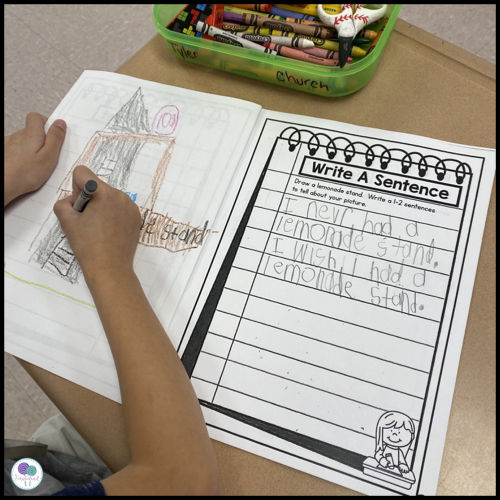
9. Announcements
If your school has morning announcements teach students what to do during this time. Students should stop what they are doing, fold their hands in their lap and listen without talking. Teaching students this classroom routine will ensure that everyone can hear important announcements all throughout the day.
Daily Classroom Routines
10. Carpet Time
Teach students how to walk to the carpet without pushing, shoving, or running. Students also need to be taught your expectations for sitting on the carpet. Can they sit on their knees? Can they lay down? Decide how you want students to sit and teach them this classroom procedure on their first day of school.
11. Daily Calendar
Having some type of calendar time built into your daily schedule is a good classroom routine for elementary school. You can teach students so many skills in a short amount of time with your daily calendar. We use this digital calendar that includes patterns, days of the week, months, counting to 100, base ten blocks, tally marks, money, time, and more!
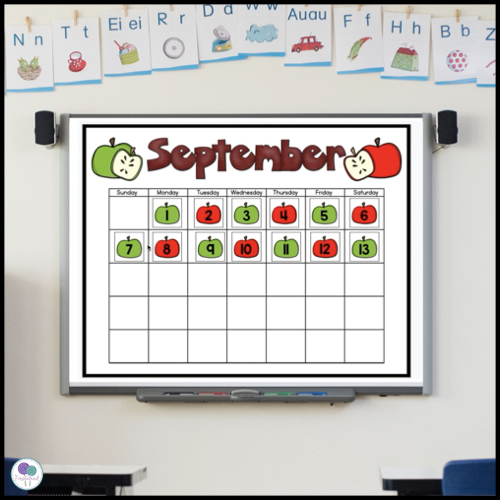
12. Tissues
Have a specific place where you keep the tissue box for your classroom. Teach students your expectations for using tissues. Can they get more than one? Can they get up any time to get a tissue? Emergencies happen sometimes when a tissue is needed immediately, but some children will use “getting a tissue” as an excuse to leave the carpet or not do their work.
13. Trash
Create a classroom routine for throwing away trash. It's a great idea to have mini trash cans in the center of your tables or individual trash cans at student desks. Students can throw away trash as they are working without having to get up to go to the trash can. This will keep your room neat and eliminate a lot of unnecessary movement in the middle of your lessons. At the end of the day, choose a student helper to empty the mini trash cans into the main can in your room.
14. Pencil Sharpening
What will your classroom routine be for pencil sharpening? Are students allowed to use your electric pencil sharpener or will that be a teacher's responsibility? Usually, young children have difficulty using a pencil sharpener so it might be a good idea to have a can for sharpened and broken pencils. Students can exchange their broken pencils for a sharpened one in the morning. Another idea is to allow each child to have their own mini pencil sharpener in their supply box. Take a look at how I manage pencils here.
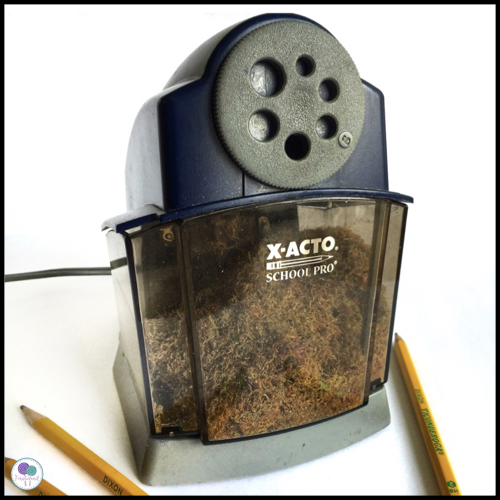
15. Classroom Routines For Lining Up
Create a classroom procedure for lining up. A good classroom routine for elementary is to give each student a number on the first day of school. Having students always line up in numbered order eliminates the problems of “cutting in line” and pushing to be first. Students will always have the exact same spot and they can line up quickly without any problems.
16. Questions
Show students what you expect when asking a question. Teach students to raise their hand and wait to be called on before speaking. One of the biggest challenges in a kindergarten or 1st grade classroom is blurting out to say something or ask a question. A great book to read to help establish this rule is My Mouth Is A Volcano by Julia Cook.
17. Visitors
Establish a classroom routine or procedure when a visitor comes to your room. You may be interrupted by another teacher, a parent, or your principal during the day. Teach students to stay in their seats and wait quietly while you finish your conversation. Students should not run to the visitor to give them a hug, interrupt your conversation or get crazy with other students when a visitor comes to your door.
18. Fast Finishers
All students work at a different pace and you will have some students finish before others. Create a poster with ideas for your fast finishers. Some ideas that students can do quietly are reading, writing in their journal, or drawing. You can also have a fast finisher shelf with puzzles, playdough, or other quiet activities for students to do while they're waiting.
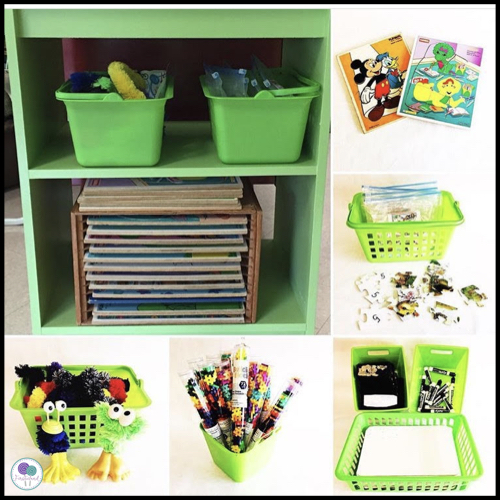
19. Attention Signal
It's important to establish a classroom routine for getting your student's attention. This can be a bell that you ring, playing a music box, or a callback. A callback is when the teacher says something like “Peanut Butter” and the students stop what they are doing and say “And Jelly!”. Students know to stop talking and listen to the teacher.
20. Transitions in your classroom routines
Teach students how to transition from one activity to the next. Sometimes students will think that every time an activity is over they can begin a conversation with a friend. Teach students how to transition quietly such as walking to and from the carpet, putting papers away before beginning another lesson, etc.
21. Bathroom routines and signals
Determine a schedule for taking your class to the bathroom during the day. Usually once in the mid-morning, right before or after lunch, and another mid-afternoon bathroom break is sufficient. During the day, students may need to use the restroom and it's a good idea to create a hand signal that students can show you instead of interrupting a lesson. In my classroom, students would raise their hand with their fingers crossed to show that they needed to use the restroom. I could quietly nod my head yes without stopping my lesson or interrupting it in any way. A hand signal is also great for students to use when teachers are meeting with a small group so that they don't interrupt the lesson.
22. Washing Hands
Teach students how to wash their hands effectively. Take them to the restroom or at your classroom sink and demonstrate step-by-step how to turn on the water, wet their hands, use one pump of soap and wash their hands. Teach them to quietly hum the happy birthday song to themselves while they wash so they can really get their hands clean. Teach them to throw the papers towels in the trash can, not on the floor.
23. Maibox
A good classroom routine for elementary school is to give students their own mailbox. Teach students to put their papers into their mailbox when they are complete. At the end of the day, students can get their own papers and put them in their daily folders to go home.
24. Chairs
Students must be taught the classroom procedure for pushing in their chairs. I tell students our chairs are like our cars and our desk is the garage. We would never leave our car in the middle of the street because it might cause an accident. So we also have to put our cars in our garage at school so nobody trips or falls over it in the room.
25. Classroom routines for completed work
Establish some kind of classroom procedures and routines for turning in completed work. Have a special basket where they can turn in work and teach students to turn it in facing forward with their name on the top. You can also teach students to turn in their work in numbered order. If your student's numbers are also alphabetical, this will make it much easier and more efficient for you when you're grading papers.
Grab this free ultimate list of classroom procedures to help you get started.

26. Cafeteria
It's important to have special rules and procedures for your cafeteria. Teach your students to get everything they need for lunch so they don't have to come back to the classroom. Show them how to line up, how to pick up their tray and silverware, and where to sit. Show students exactly how to throw away their food and where to stack their dirty trays. Finally, show students how to line up to go back to the classroom after lunch.
27. Hallway
What are your rules for walking down the hallway? Should students line up alphabetically or in numbered order? Will you have one or two lines? Can students talk or run in the hallway? These are all things you'll need to teach your students on the first day of school.
28. Recess
You'll need to teach your students the rules and routines for recess. Teach students to put everything on before leaving the school building. They may need hats, coats, and gloves in the winter. Students should be taught to remember these things so they don't have to come back inside to get them later. Teach students how to play on the equipment, to listen for your special signal to line up, and to put toys away when recess is over. Create a management plan for what to do in case of an emergency.
29. Drinking Fountain
After recess or at other times during the day, students will need to use the drinking fountain. Teach them not to put their mouth directly on the faucet. Some children will want to drink and drink, holding up the line. Create a time limit to make this go quickly. In my classroom, I would count “1-2-3-4-5 you're done”. Students would quickly get a drink so we didn't take up too much time and could get back to work.
30. Snack
Many teachers like to have a short snack time build into their day. Depending on your schedule, you can have snack in the morning or afternoon. Decide if you want each child to bring their own snack or if you want to have students bring in snacks for the class. In my room, each child would bring individually wrapped snacks for the entire class like cookies, chips, gummies, or pretzels. We kept the snacks in a cupboard and had a small tub with a variety of different snacks in it. During snack time, students could choose one snack to eat. When our cupboard started to get bare, I sent a note to parents requesting more snacks.
31. Learning Centers
Most elementary classrooms have learning centers. Students will need to be taught the rules and procedures for using centers each day. Head over here to get more tips for running your classroom learning centers.
32. Supplies
How will you handle it when students need supplies? It's a good idea to have a place in the room where students can get pencils, glue crayons, and scissors when needed. I used my art center as the hub for extra supplies. Whenever I gave students a new box of crayons, I would collect some of the old ones and put them in small Sterilite drawers labeled for each color. When a student needed a certain color crayon, they could just get it from one of the drawers of extra crayons. You can also have containers with extra glue sticks, erasers, and pencils.
33. Asking For Assistance
Establish a classroom routine for asking for help during independent work time. Will you have students raise their hand? Will you let them come up to your desk? Think about how students will get assistance when you are working in small groups with other children. Sometimes it's a good idea to have a student helper that can assist students when you are busy working with other children. It's important to establish rules for this so that students don't interrupt your lessons.
End Of The Day Classroom Routines
34. Classroom Clean Up
Create some end-of-the-day cleaning routines. Make sure that your room is neat and tidy by having students pick up papers from the floor and put things away. A fun game to play is Mystery Trash! To play the game the teacher spies one piece of trash on the floor but doesn't tell the students where it is. Students work together to pick up all the trash from the floor – even the tiniest pieces of paper. Whoever picks up the mystery trash gets some kind of prize. It can be a piece of candy or something as simple as being first in line at dismissal.
35. Desk Cleanliness
Students should keep their desks and supply boxes clean. Create a weekly routine for students to empty any trash from their desk or supply box to keep them neat and tidy.
36. Parent Pick Up
How will your students go home at the end of the day? Will some of them be picked up by parents? You will need to teach your students this routine. Will they be called to a specific pick-up location at the end of the day? Maybe you will need to walk students to that destination. Teach your students what to do when being picked up by parents.
37. Bus
Some students will be riding the bus home. You'll need to teach students the bus routines for lining up and how to find their bus at dismissal.
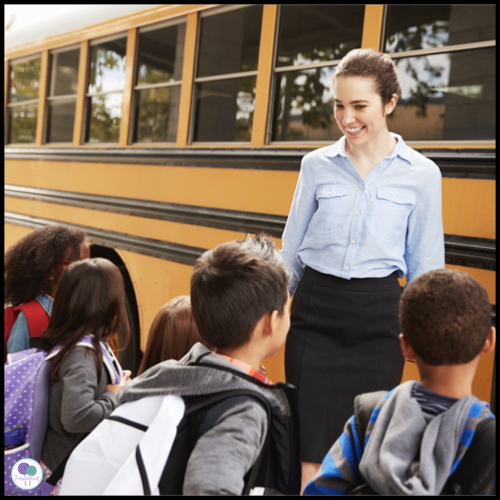
Emergency Classroom Routines And Procedures
38. Fire Drill
One of your classroom routines should be to teach students what to do during a fire drill. Show them how to line up quickly and silently. Teach them to stay with your class and where to stand outside during the drill. Teach them that they must be silent because if it was a real fire they would have to be quiet so they could hear the directions from a firefighter.
39. Tornado Drill
Do you have tornado drills at your school? Teach your students the exact procedure. If you'll need to go to the basement, show students how to walk in a line down the steps and how to wait quietly.
40. Active Shooter Drill
Finally, teach your students what to do in case of an active shooter on your school campus. In our classroom, we pulled all the shades, locked our classroom door, and used a Bolo Stick to secure the door. The students would sit in the back of the room silently with the lights turned out. You'll need to teach your students exactly what to do during this emergency situation.
Need a reminder of the routines you should teach your students? Grab this free ultimate list of classroom procedures to help you get started.

Want more tips for classroom management and routines? Check out these posts:
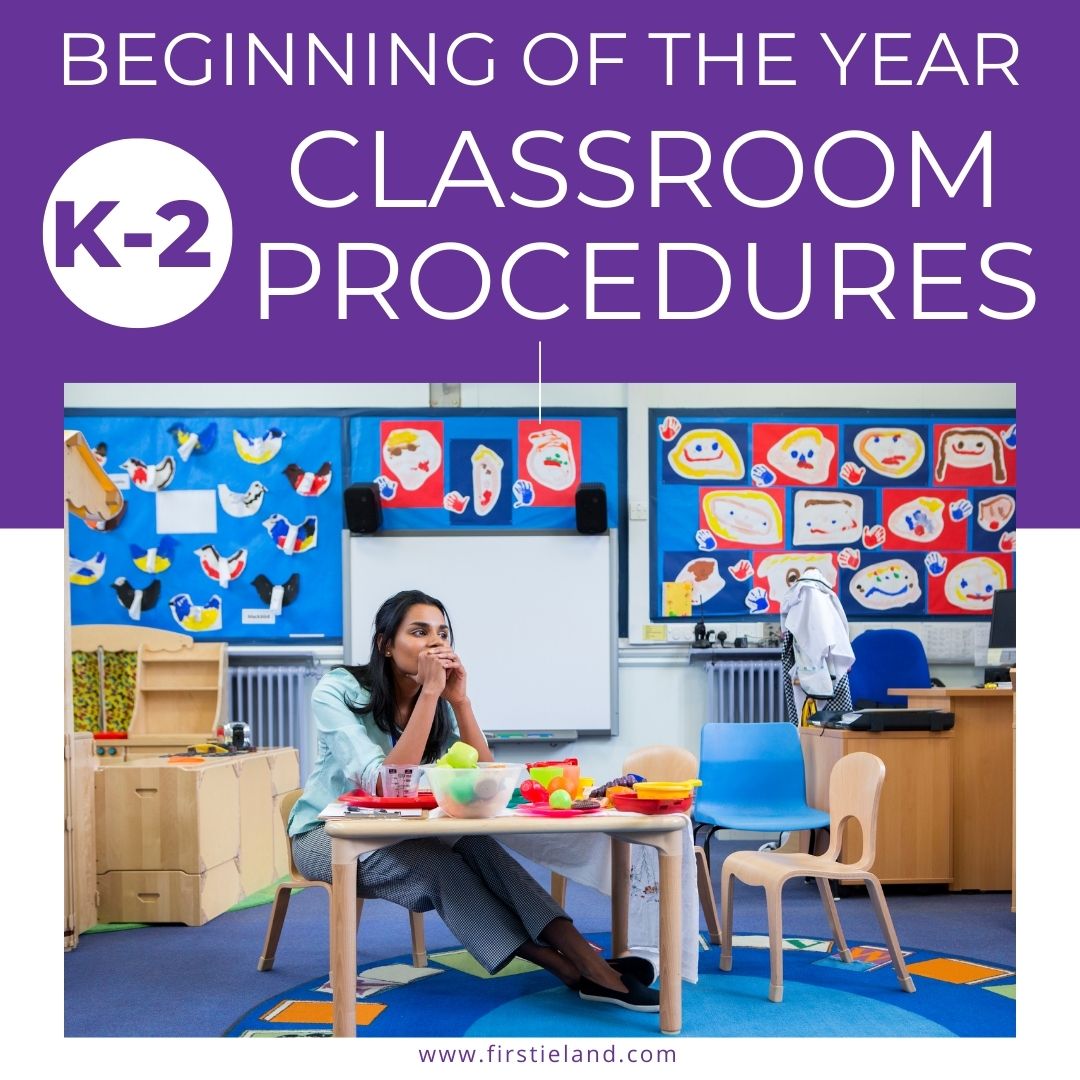
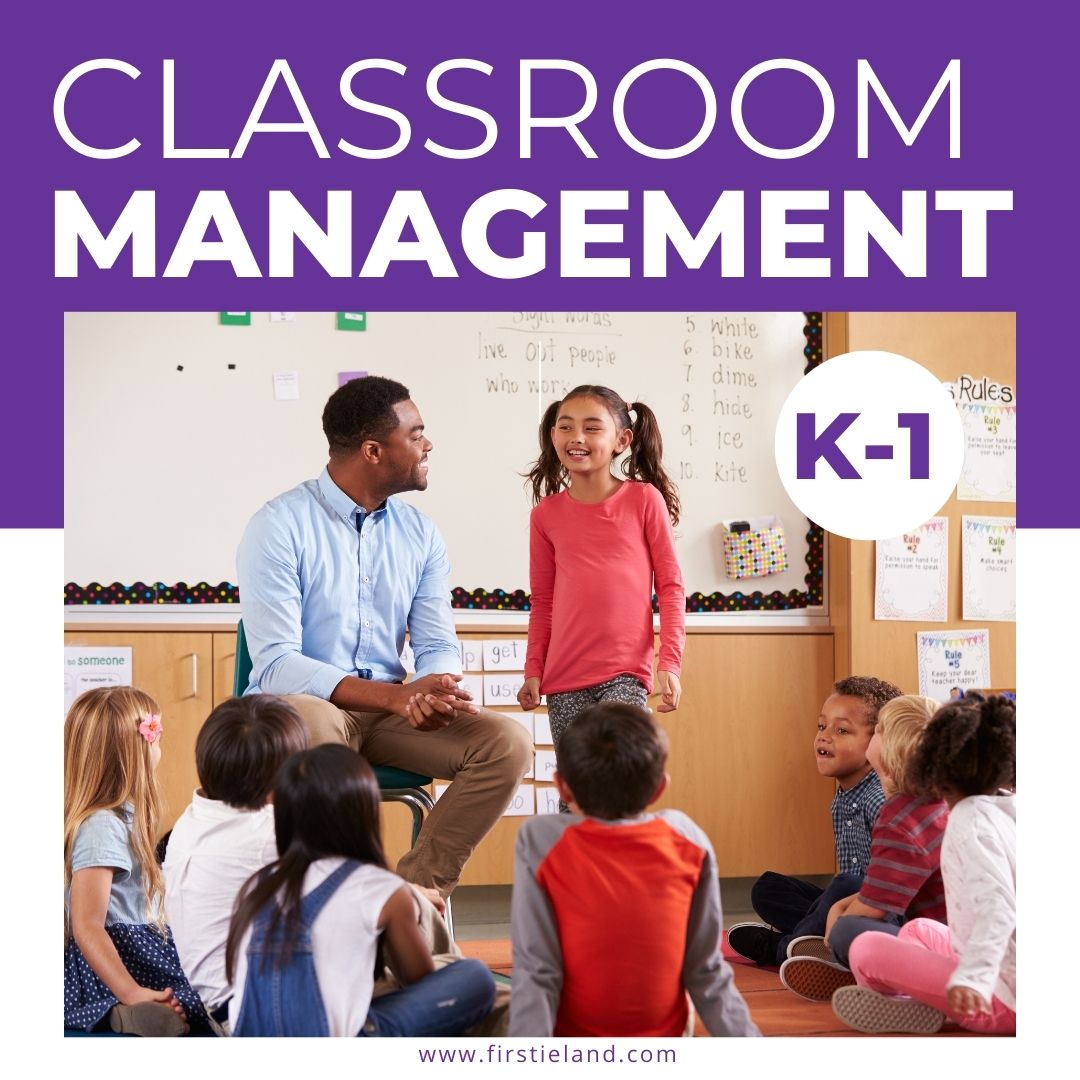

Save these ideas for classroom routines
Take a minute to save these tips to your favorite classroom management Pinterest board so you can remember them later!
